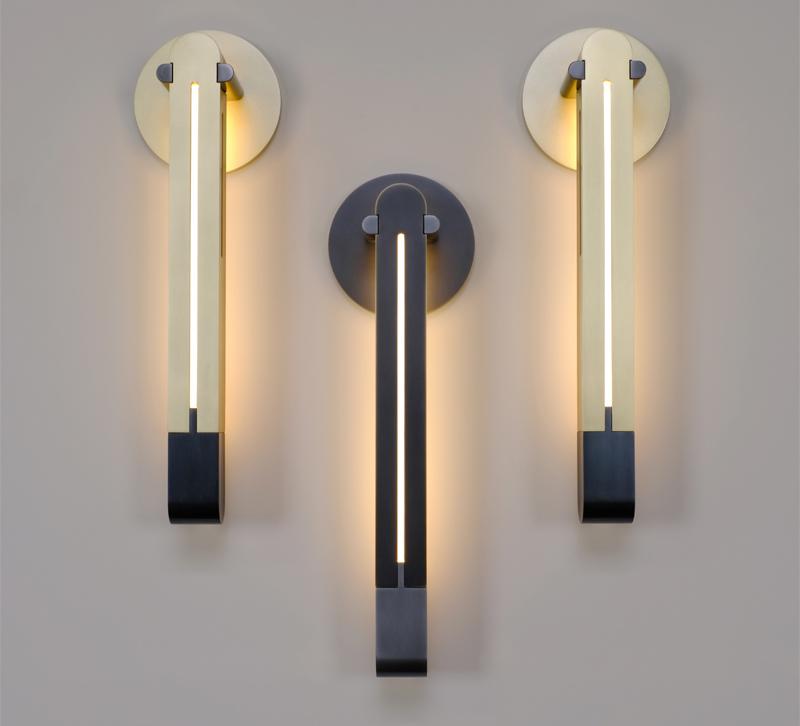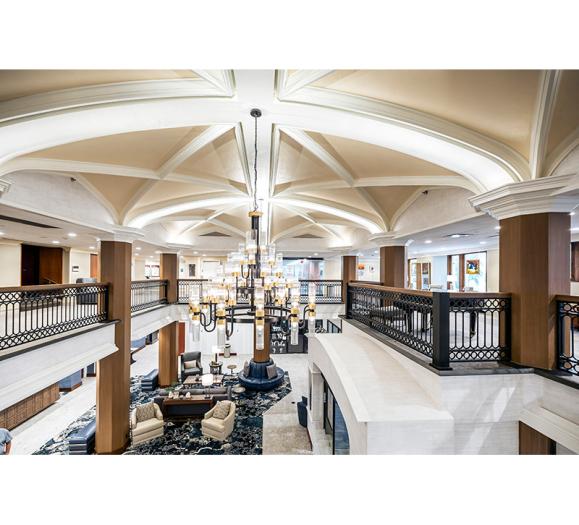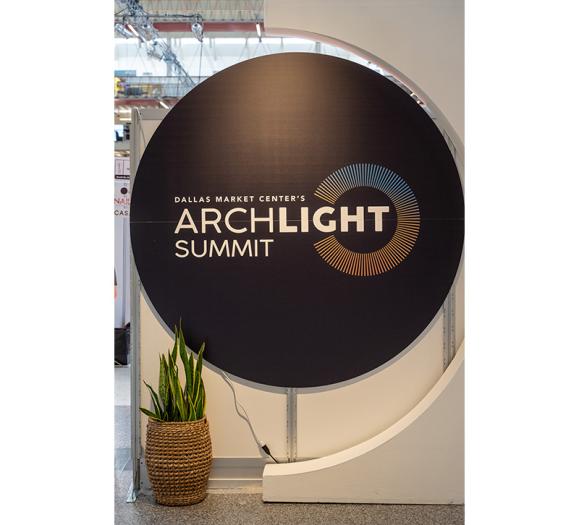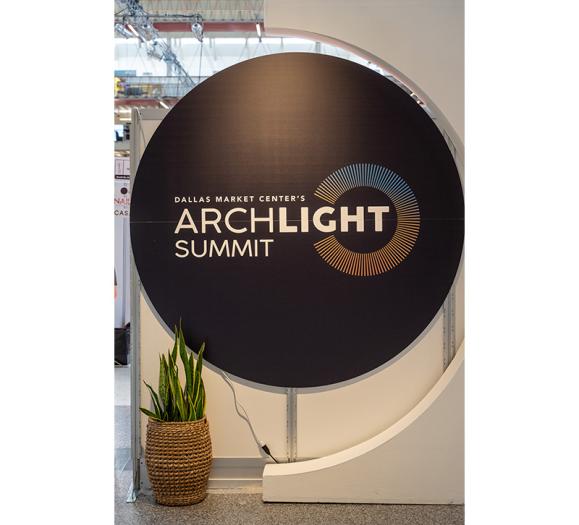Jacob Marks founded Skram Furniture in 2001 with the goal of creating a furniture design studio dedicated to quality craftsmanship, sustainability and creating products made to last. We spoke with Marks about his design philosophy and his newest product, the LED Torpedo Sconce. Here's what he said.
Tell us about your background and how Skram came to be.
I am a self-taught designer and maker. I founded Skram Furniture in 2001 and worked alone for several years doing one-off work out of a small studio in the forest. During that time, I developed our first line called Wishbone, which is still an important collection in our range today.
The official launch of the Wishbone Series products in New York City in 2005 was a point of departure for Skram. Soon after we released Wishbone, the business began to scale up in terms of personnel and our approach to manufacturing. We moved into a 17,000-foot space and began investing in new machinery and a strong internal structure that permitted our growth without compromising workmanship. Three years ago, we made another big move and purchased a much larger facility — a shuttered former knitting mill in Burlington, NC — to house our current headquarters.
We describe our work as minimalist in nature. This aesthetic leaves nowhere to hide, requiring tight tolerances and strict control of our production. So nearly every part of every product in our range is made here with very little outsourcing. Quality and consistency of product aside, this enables us to provide a high degree of flexibility and custom options even on small orders. This ability to customize with ease is an important option for our clients, and frankly, it is great for me as a designer because these collaborations often yield new variations and even new directions for our designs.
What’s your design philosophy?
Here are a couple of ‘mantras’ that inform my outlook as a designer:
First: enduring design and fine workmanship are inextricable.
Second: seek perfection; embrace imperfection.
How does sustainability fit into your outlook?
Uncompromising craftsmanship, innovative design and sustainability are the three linchpins of our brand. All bear equal weight. The responsible use of natural materials and non-toxic adhesives, utilizing GreenGuard-certified finishes and employing formaldehyde-free substrates are essential, but only a starting point for us. Our factory installed a large rooftop solar array in 2015, which now provides over half of the energy required to run our machinery and facility. At the time, the solar project was the single most consequential step we could take to minimize the harmful aspects of our production. This system offsets over 30,000 pounds of coal and over 50,000 pounds of CO2 annually.
Beyond that, Skram takes a broader view of what it means to be a steward of the environment. As a result, we produce heirloom quality furnishings. This allows us to offer consumers a chance to confront their attitudes about the objects that surround them. We don’t believe in obsolescence, but we do believe that the objects that surround us are a reflection of us and of our individual and collective priorities.
For Skram, the idea is that if we provide a product that is unbelievably well-made, beautifully designed, approachable and useful, we encourage consumers to think more deeply about their choices. Endless consumption is not a virtue, and our company seeks to offer an alternative. Achieving true sustainability involves consideration of value, not just cost and also a shared commitment between seller and buyer. This is more involved than saying the word ‘green’ at convenient moments.
Where do you get inspiration for your products?
I’m a student of proportion, visual weight and negative space — wherever it occurs. For instance, right outside my window in our industrial neighborhood, I see the negative space and patterning in the cast iron grate of a storm drain in the road. Looking at the huge monolithic factory across the street, the proportions between the brick and the mortar lines and how they relate to the tiny windows strike me, as does the font of the stamped aluminum tags on the telephone pole and contrast of these with the texture of the weathered wood.
That said, of course, nature has no rival, and there is no limit to the inspiration it provides.
Your catalog features a lot of natural materials like wood, stone, metal and leather — what draws you to these materials?
Natural materials have texture. They have life. Recently the phrase ‘If form is the body, materials are the soul’ came to me when I was thinking about how materials inform my designs.
Beyond that, there is enough plastic in the world.
Tell us about the Torpedo sconce. What makes it unique?
Torpedo is our newest lighting release, and I am really pleased with the response that it has received. The piece is a wall sconce inspired by a collection of antique levels that sit near my desk. I’ve been fascinated by levels as objects for some time and the Torpedo Sconce is loosely related in form to a type of level of the same name.
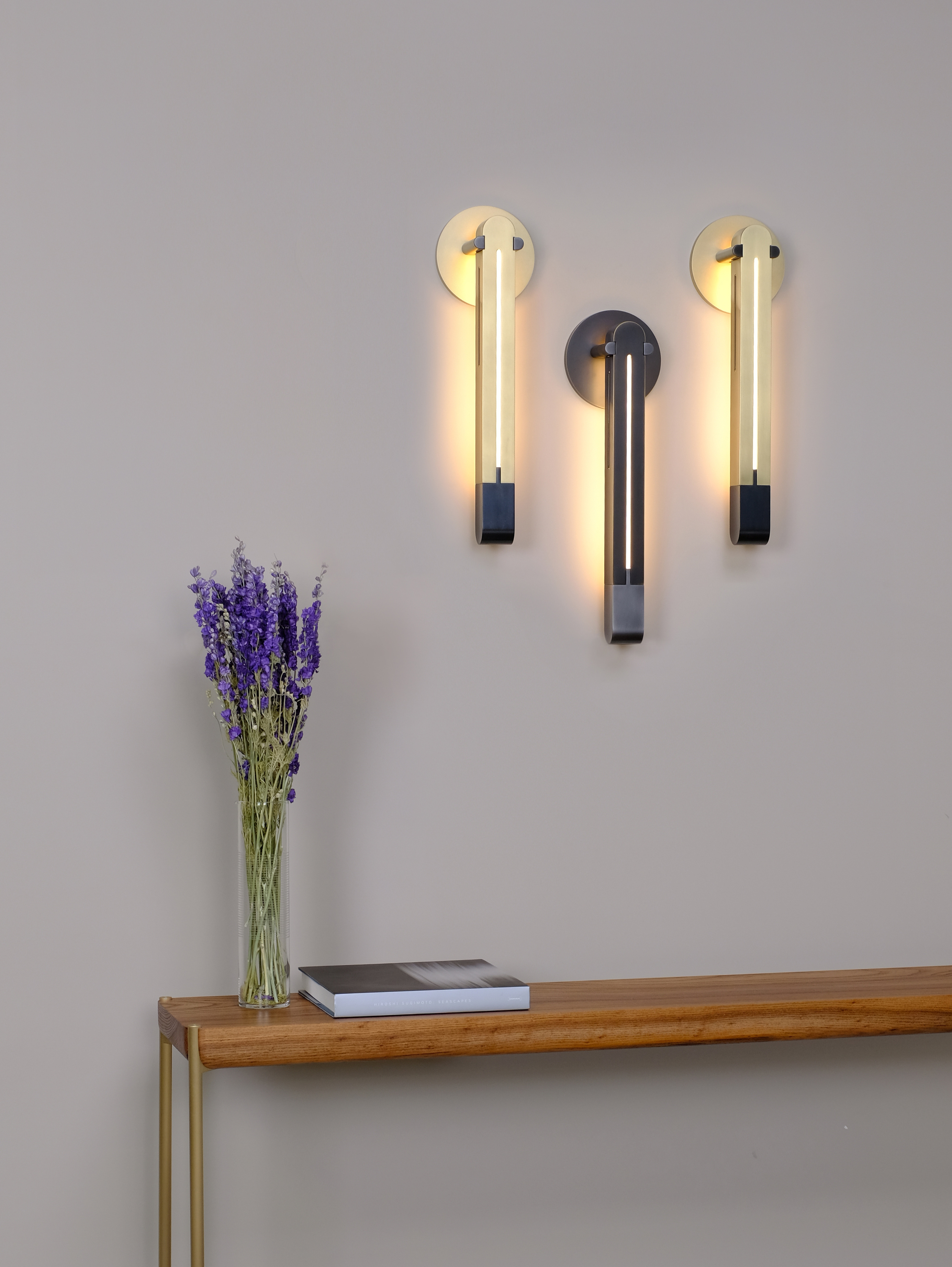
Torpedo tells a story about form and materiality. When seen for the first time, people are first struck by the presence of the solid bronze main body and the contrasting gunmetal patinized steel accents. But the real beauty is in the details. I like to feature traditional woodworking joinery on metal, and this fixture has a prominent, exposed mortise-and-tenon joint to align and connect the end cap to the main body. Similarly, the main body is beautifully mounted to the hang bar via a half-lap joint.
The light itself is also ‘material,’ and the way that light is managed — directed, squeezed, manipulated through the narrow slots, and washed over the scallops in the sides and over the wall behind — is really successful with the Torpedo Sconce.
In terms of lamping, Torpedo is LED, and like all Skram lighting to date, we have engineered the fixture itself to accommodate the driver so that installation does not require additional space or retrofit.
What was your design process for the Torpedo sconce, from conception to the finished product?
New designs usually take eight months or so (sometimes longer) from conception through prototyping stages to release. Once I decided to develop what would later become Torpedo and the initial conceptualization part was complete, we began 3D computer modeling. We then developed a prototype file in our CAM software and began machining the form in timber to refine the elevations, the contours and the details of construction. We then worked closely with lighting engineers to iron out the details regarding how the light should behave. We figured out how to physically accommodate the LED’s, the diffusers, the driver, etc.
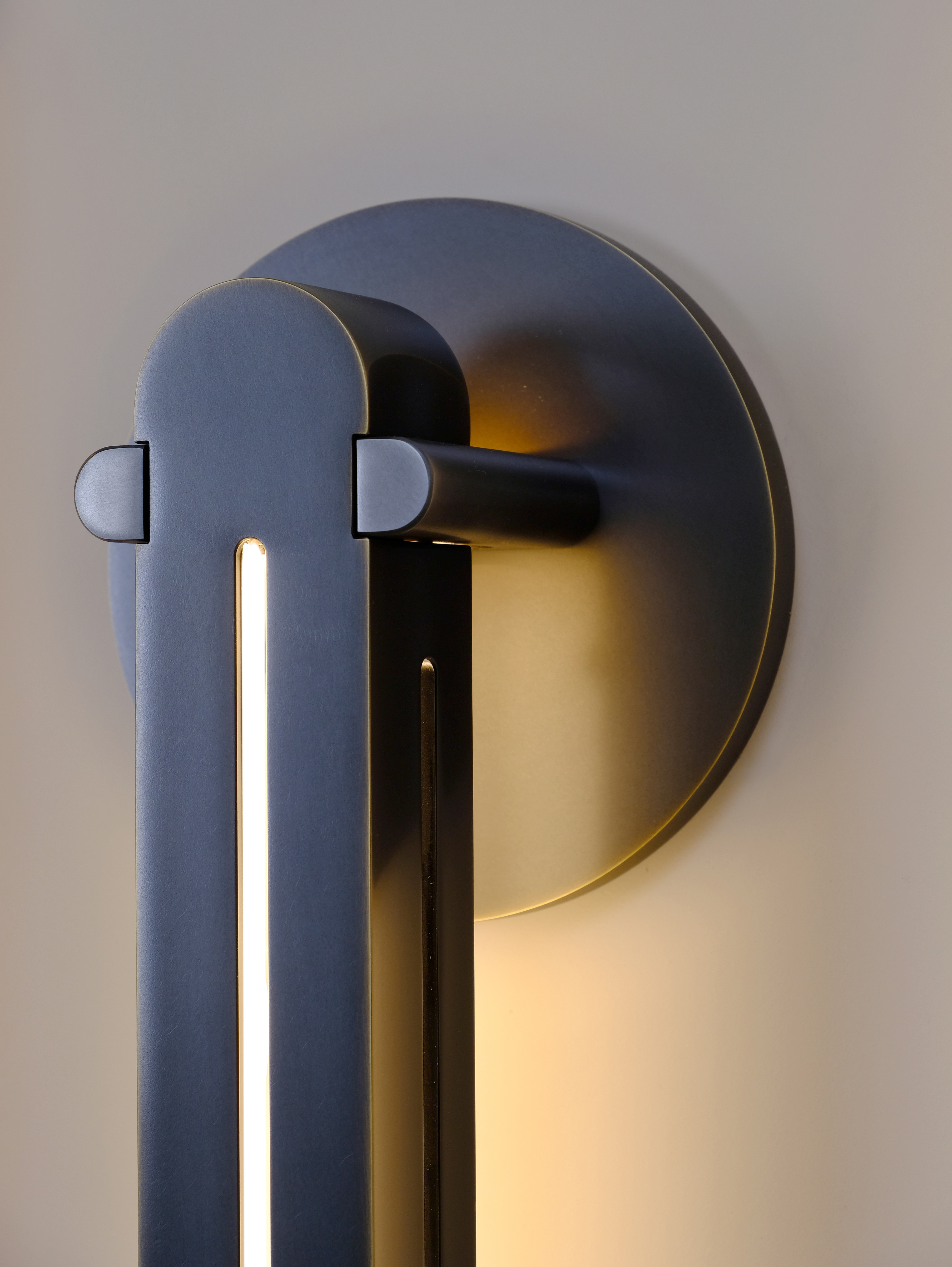
From there, updated drawings were generated for prototyping in bronze/steel. There were a few stumbles at this stage, as we figured out that annealing the material (heating it to a temperature that allows the molecules to realign) was critical to mitigate the tension release in the material when it was machined. Once that was resolved, we established the diffuser package that would be appropriate for this piece and worked on finishes.
Torpedo is currently available in two standard finishes: natural bronze for the main body and cover plate with dark gunmetal steel end cap and hang bar, or dark rubbed bronze for the main body and cover plate with a light gunmetal steel end cap and hang bar. Both of these finishes involve patinas, which are hand-burnished. We had to play around with the intensity of the patinas a bit to arrive at the right contrast, and the right amount of highlighting produced when we do the burnishing. When this was complete and decided, we produced the first run.
For Marks, good design all comes down to a dedication to solid materials and controlling every aspect of his craft. For more details on Skram, visit www.skramfurniture.com.



